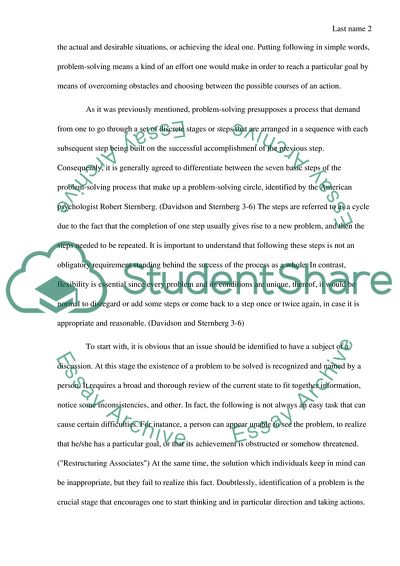Cite this document
(The Psychology of Problem-Solving Coursework Example | Topics and Well Written Essays - 1500 words, n.d.)
The Psychology of Problem-Solving Coursework Example | Topics and Well Written Essays - 1500 words. https://studentshare.org/psychology/1853245-problem-solving
The Psychology of Problem-Solving Coursework Example | Topics and Well Written Essays - 1500 words. https://studentshare.org/psychology/1853245-problem-solving
(The Psychology of Problem-Solving Coursework Example | Topics and Well Written Essays - 1500 Words)
The Psychology of Problem-Solving Coursework Example | Topics and Well Written Essays - 1500 Words. https://studentshare.org/psychology/1853245-problem-solving.
The Psychology of Problem-Solving Coursework Example | Topics and Well Written Essays - 1500 Words. https://studentshare.org/psychology/1853245-problem-solving.
“The Psychology of Problem-Solving Coursework Example | Topics and Well Written Essays - 1500 Words”. https://studentshare.org/psychology/1853245-problem-solving.


